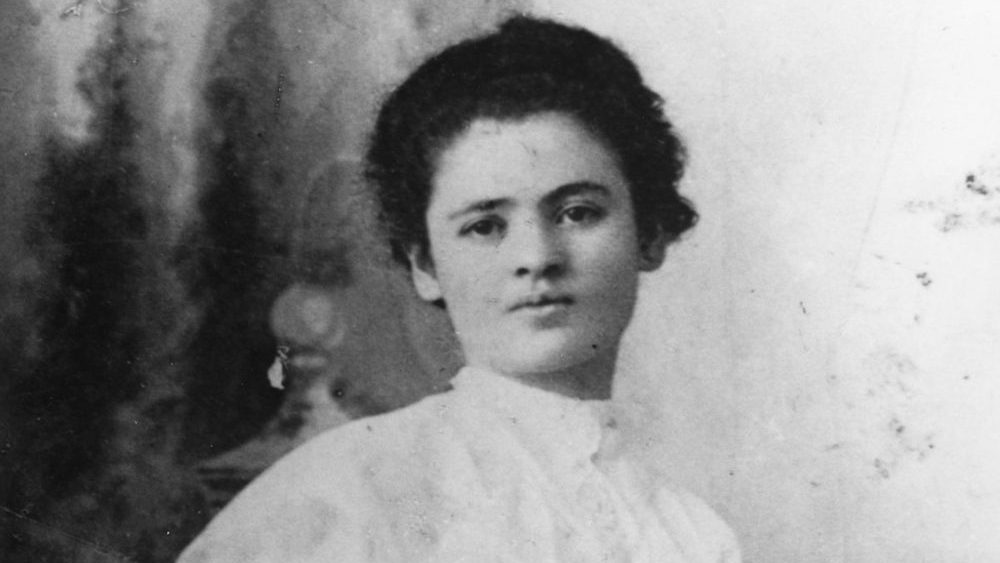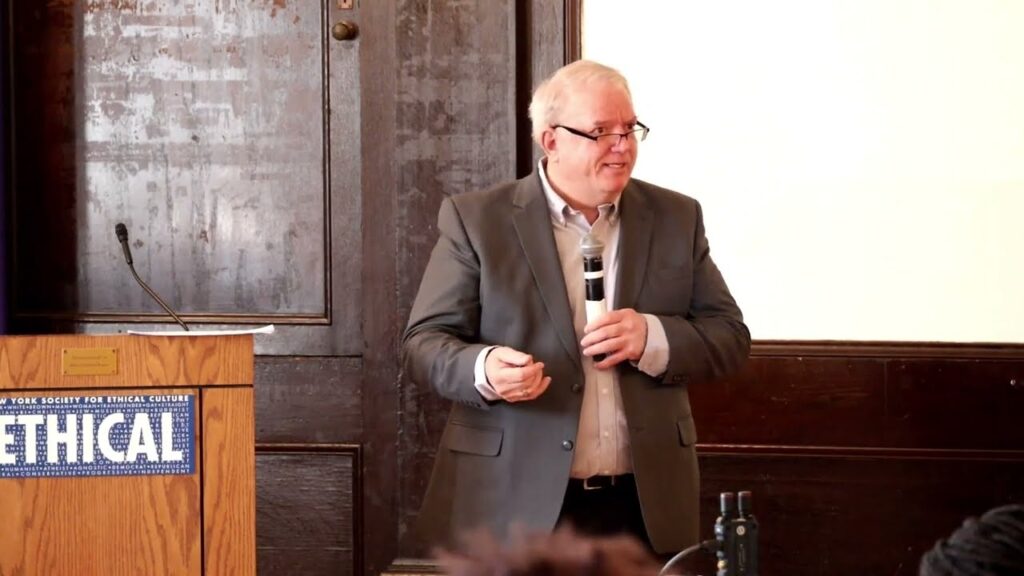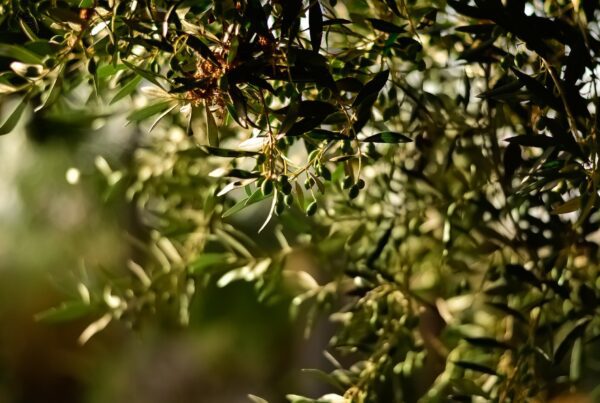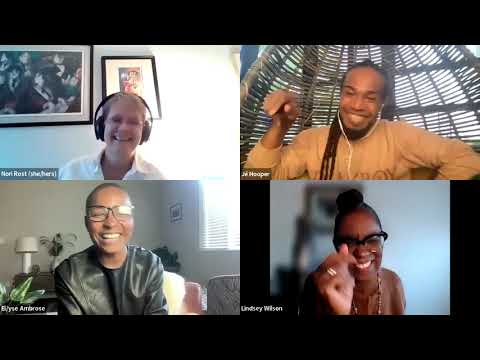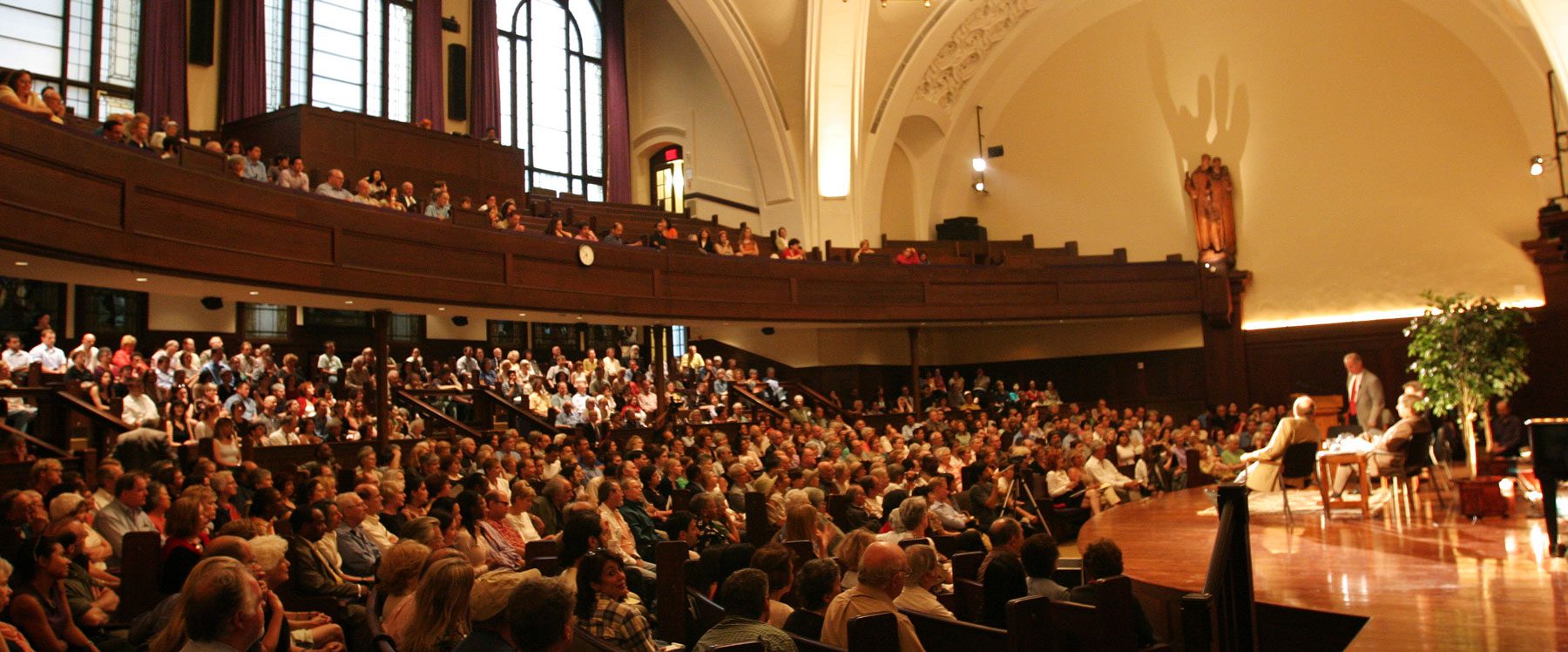
Last month my mother received last rites from her cousin, a Roman Catholic priest. My father, sister and two other cousins were with her at the nursing home where she was under hospice care. The next day my father was surprised to hear my mother reciting the rosary with one of her nieces; he had never heard her pray outside of church. As I write this, my mother is still breathing, but it is labored, and she is on morphine. My siblings are on the road or in the air, traveling from the far flung places they now call home. Mom could never understand why we all abandoned the town where generations of our family were born and died. She never imagined a world outside of Palmyra, nestled along the Erie Canal, and was never comfortable visiting us.
I’ve taken my mini-computer down to the northern shore of Canandaigua Lake. Technology has taken the place of the bound journal with flowers on the cover that I once carried with me. I listen to the lapping waves carried ashore by the wake of a passing boat and try to imagine this place as it was when the Seneca, one of the five nations of the Iroquois Confederacy, dwelled in their longhouses. What were their last rites? We actually know about them because a remnant community lives nearby and maintains a learning center. Whatever words are spoken, the most important aspect is loving presence and gratitude for life.
When she was diagnosed with cancer, one of our members asked, with a sly reference to a film from the 1960’s, “What’s it all about, Alfie?” Why we are born to die is a question that has plagued humanity since we evolved consciousness and grew painfully aware of our mortality. Myriad answers have been proposed over the ages, many forming the basis for the world’s religions and philosophies. Those who find no answer – or no comfort – may commit suicide, the final personal answer to one’s existence.
More puzzling still is why death can be so painful, prolonged, and downright mean. It is a challenge for those who believe in a loving deity, an existential crisis for the rest of us. In the last decade we have given the process of death the attention we gave to the process of birth decades earlier. I attended Lamaze classes when I was pregnant and breastfed my children. Today I am sitting with my mother in hospice holding her hand, listening to gentle strains of music. We have attended to the mundane details: health proxy, funeral arrangements, and obituary (with a photo: Whenever Mom saw an obit in the paper without a photo, she would exclaim, “The family’s too damned cheap!”) Now we wait with her, believing that she can hear and feel us.
What are Ethical Culture’s last rites? We don’t often think in those terms, and yet I believe that we should. We are a brainy bunch, so perhaps we should have a collection of essays at hand to read and discuss. I have told my family (after half-joking with them about giving me good drugs) what music I want them to play if I wind down rather than go out with a bang. My husband protested one klezmer selection, so I told him that he could wear ear plugs but still had to hold my hand.
It is an ethical act to put one’s affairs in order: health proxy, power of attorney, legal will, ethical will, etc. Let us also think in terms of our spiritual selves. As you know, I send out personal birthday cards. Starting this month, I will also include an invitation to meet with me to discuss “last rites.” Our religion of ethics is a unique experience for every member. No one ceremony will fit all our needs. Come in and talk about what your wishes and needs are. I look forward to having this important conversation with you.
Epilogue: My mother, Irene Ellen O’Keefe Klaeysen, died on Thursday, September 22, 2011. Her four children and two grandchildren served as pallbearers, carrying her to the cemetery in Palmyra, NY where she joined her parents and siblings, the last of her family to die.

